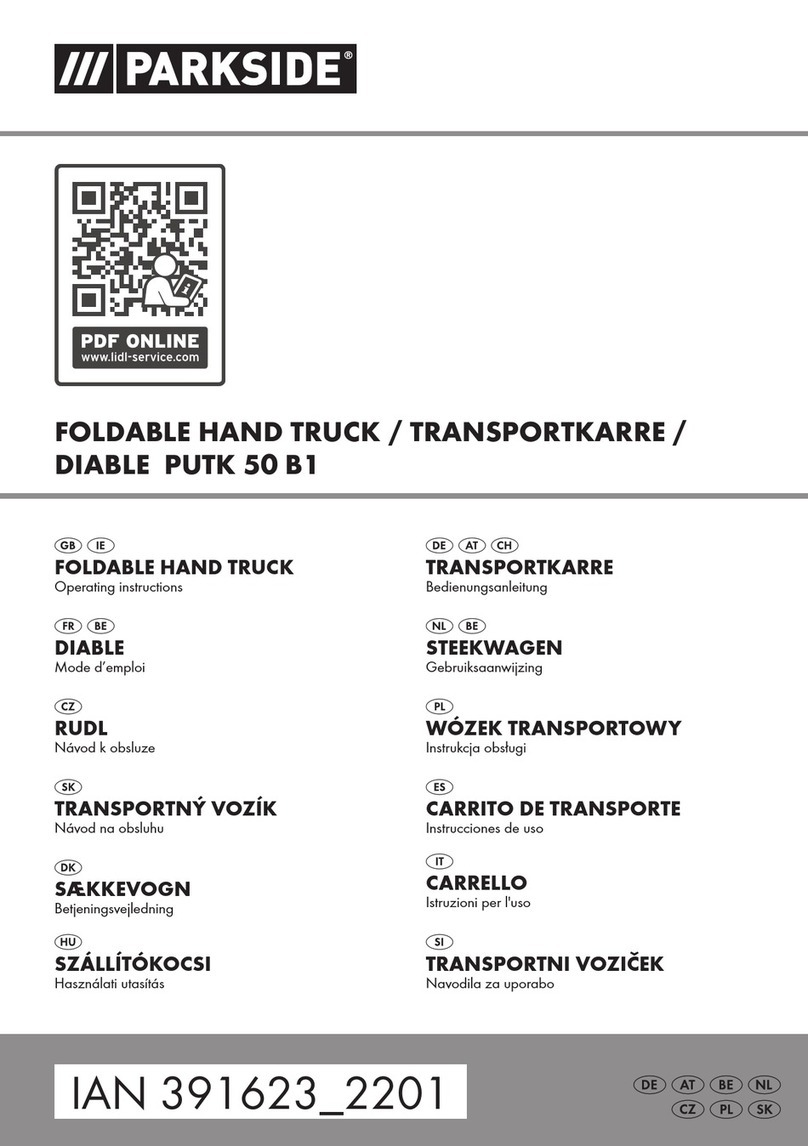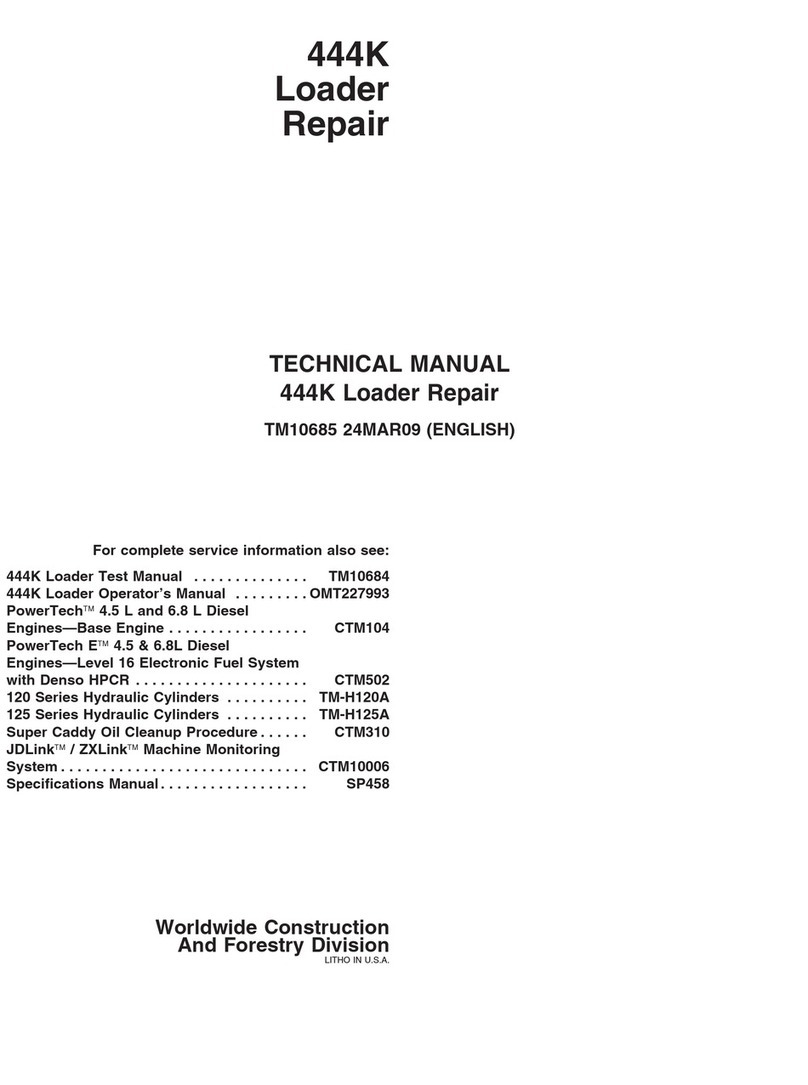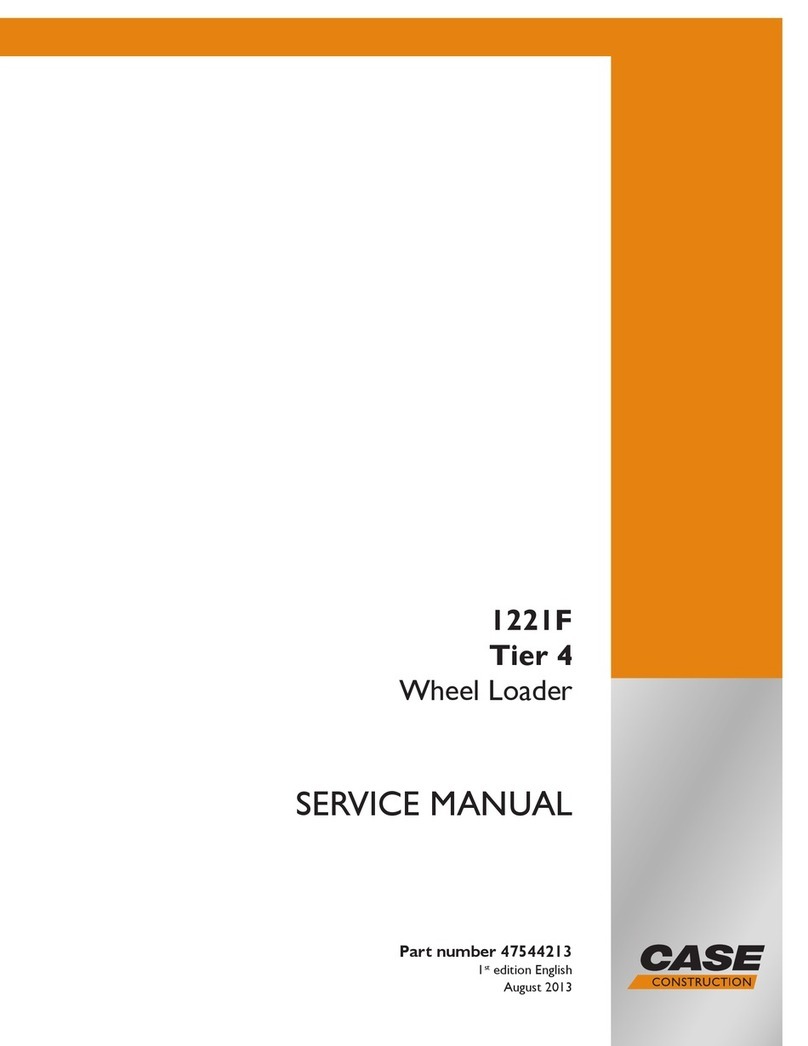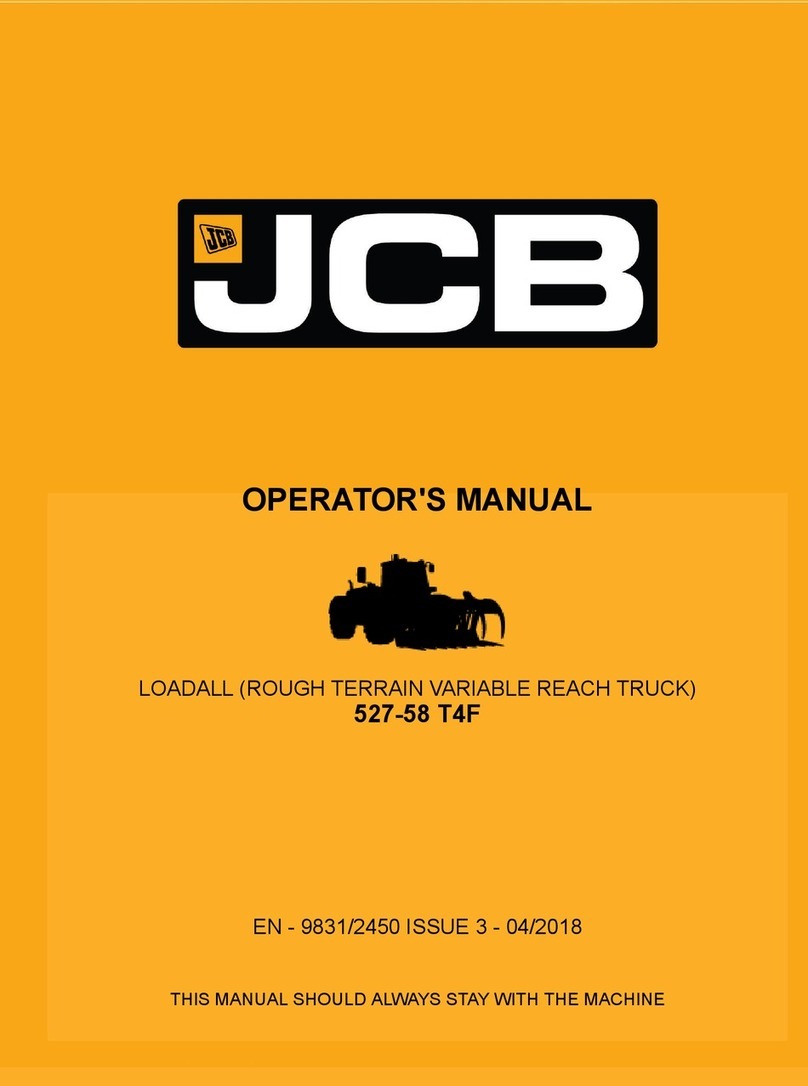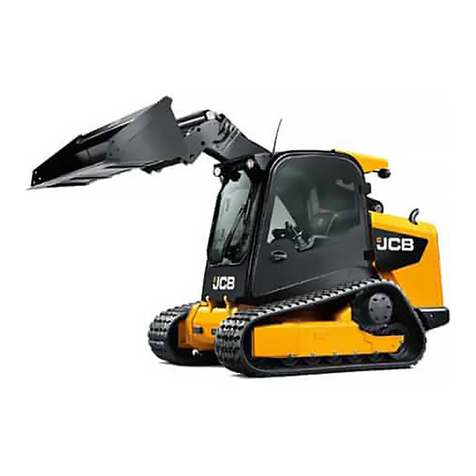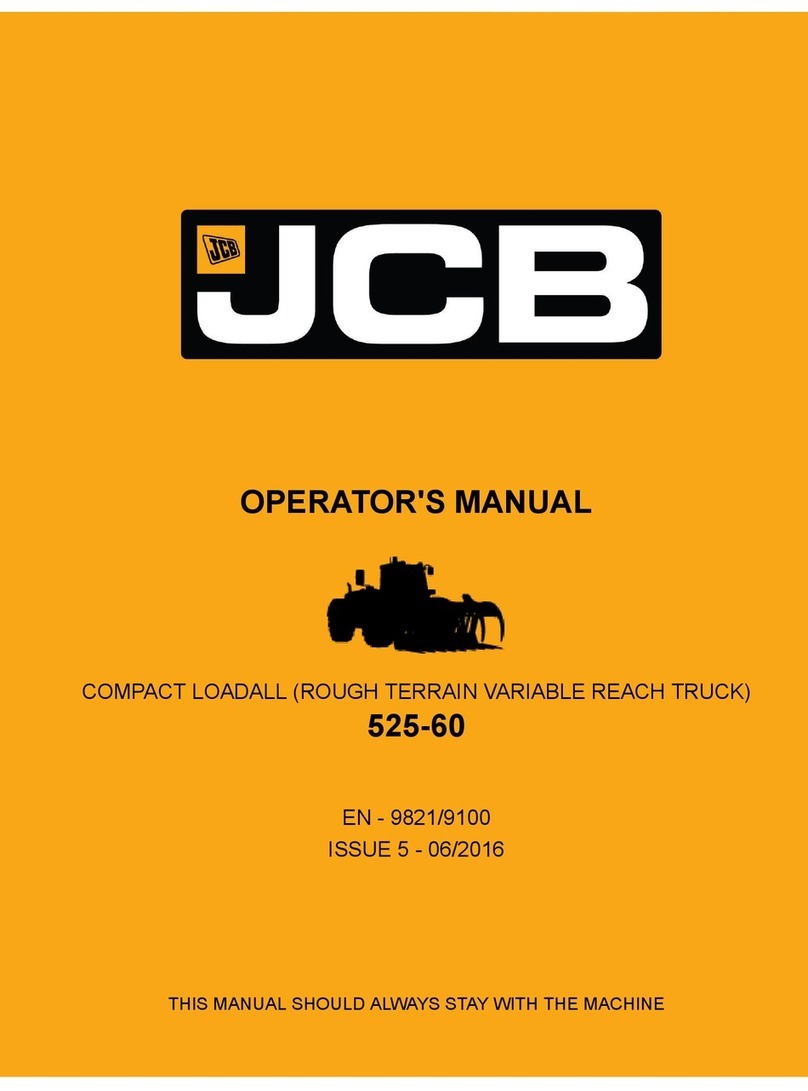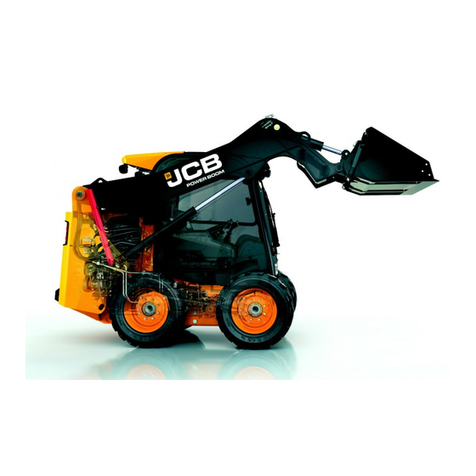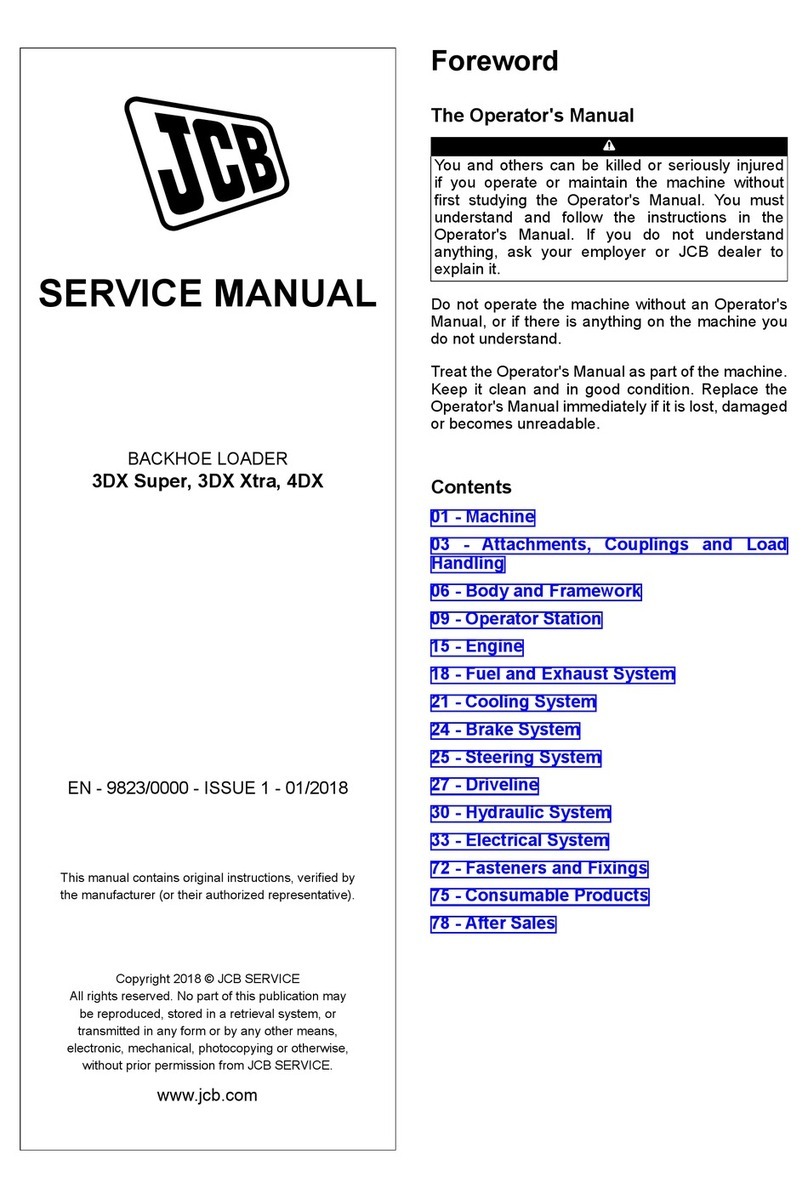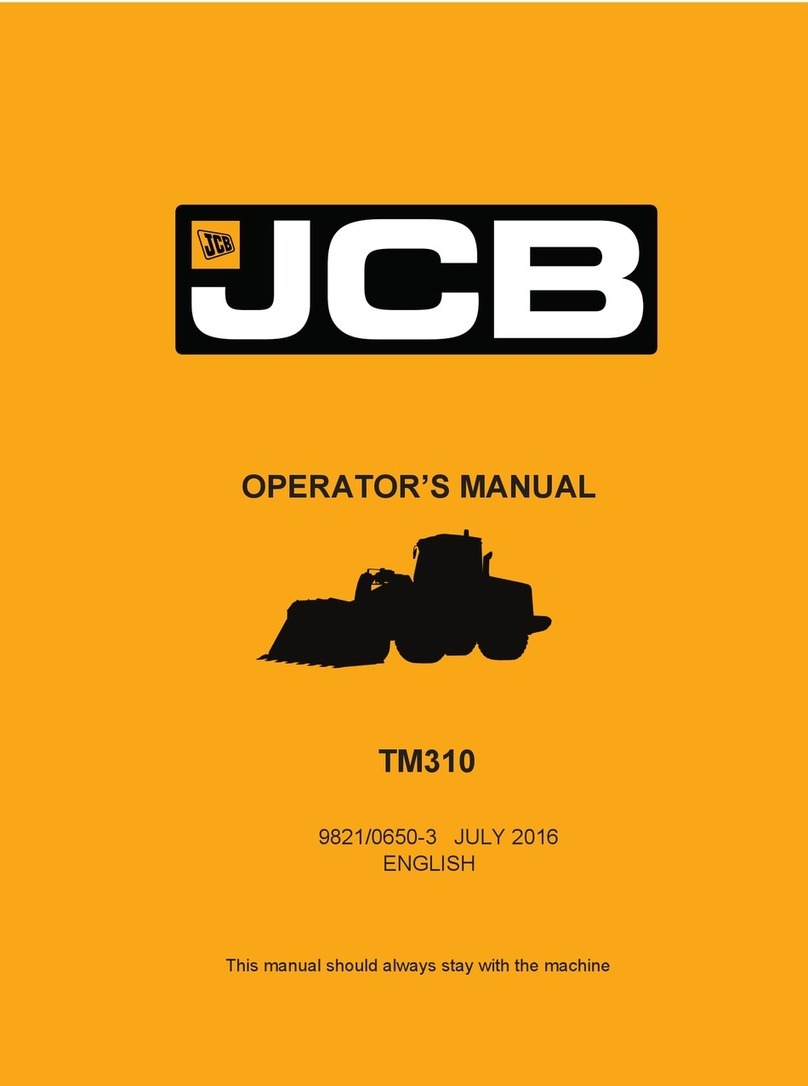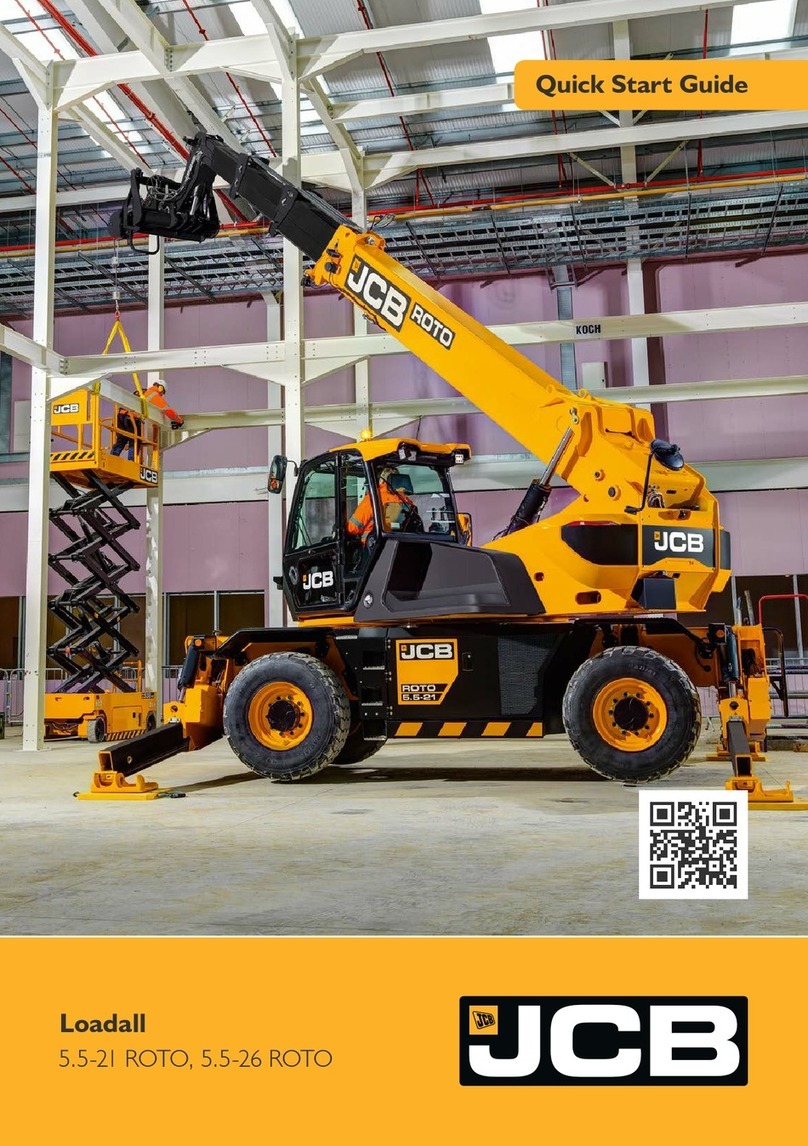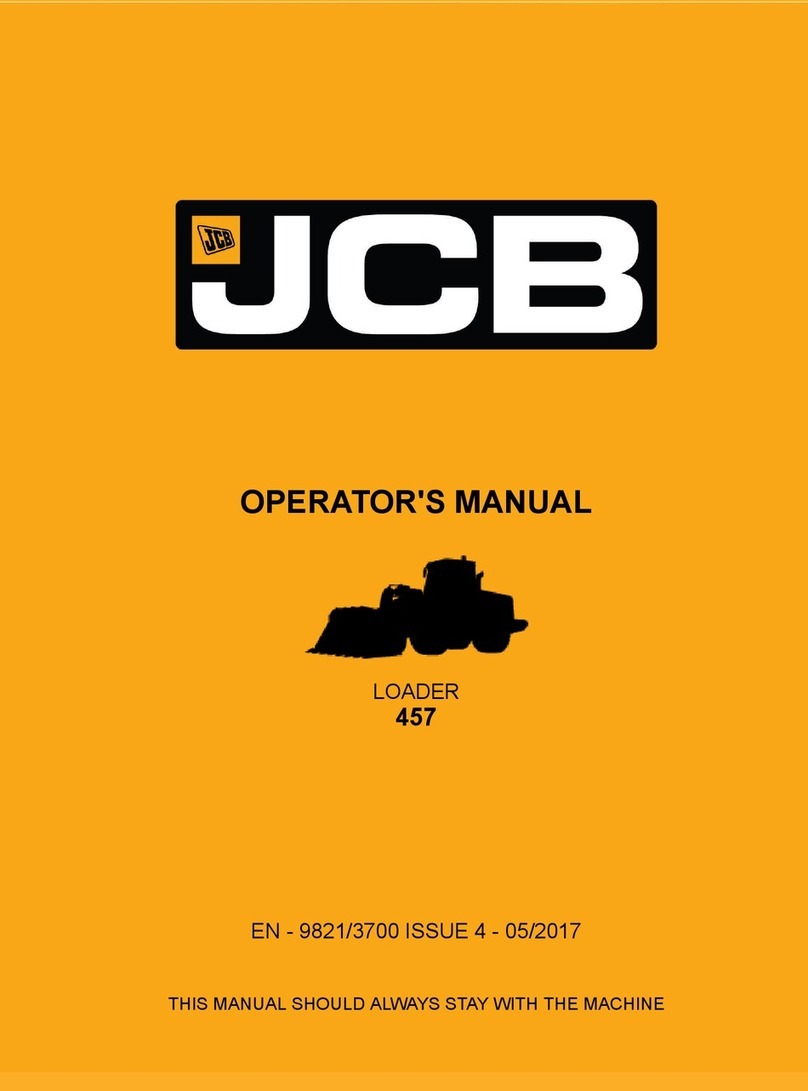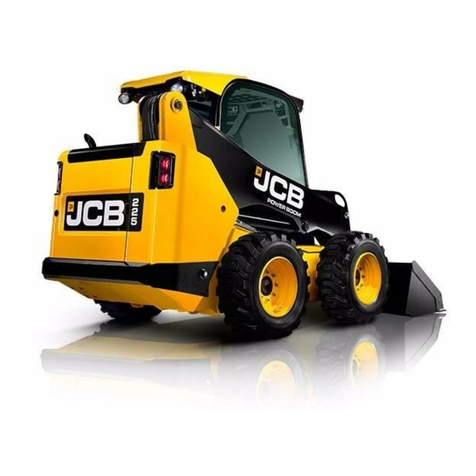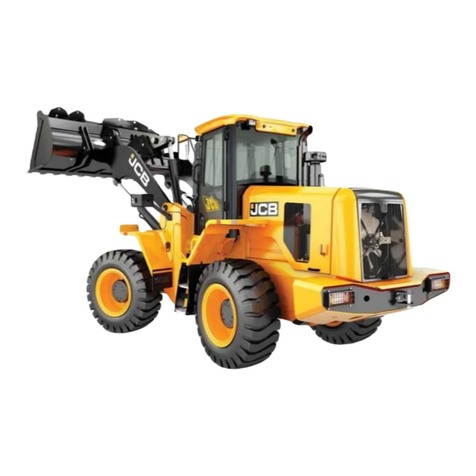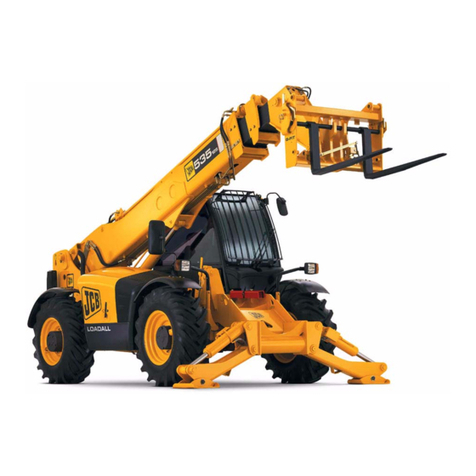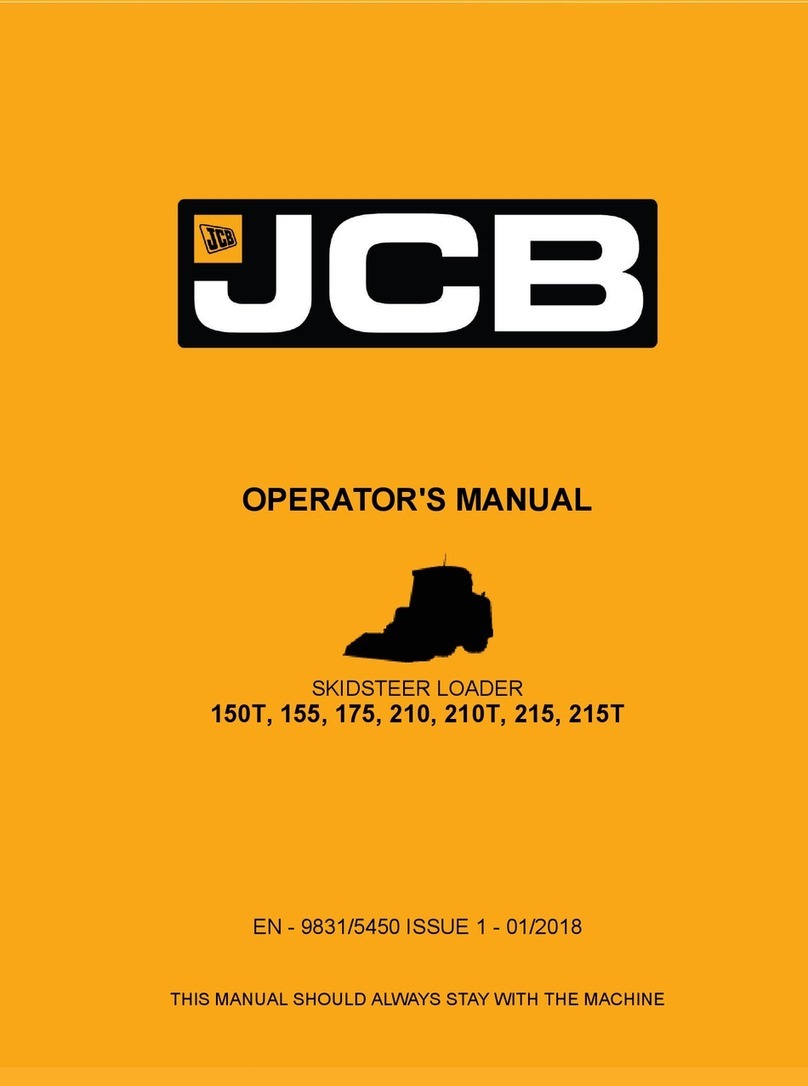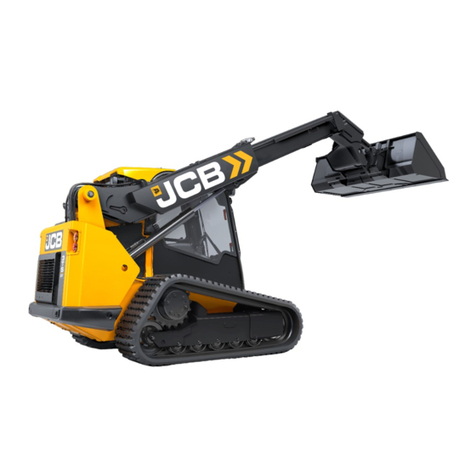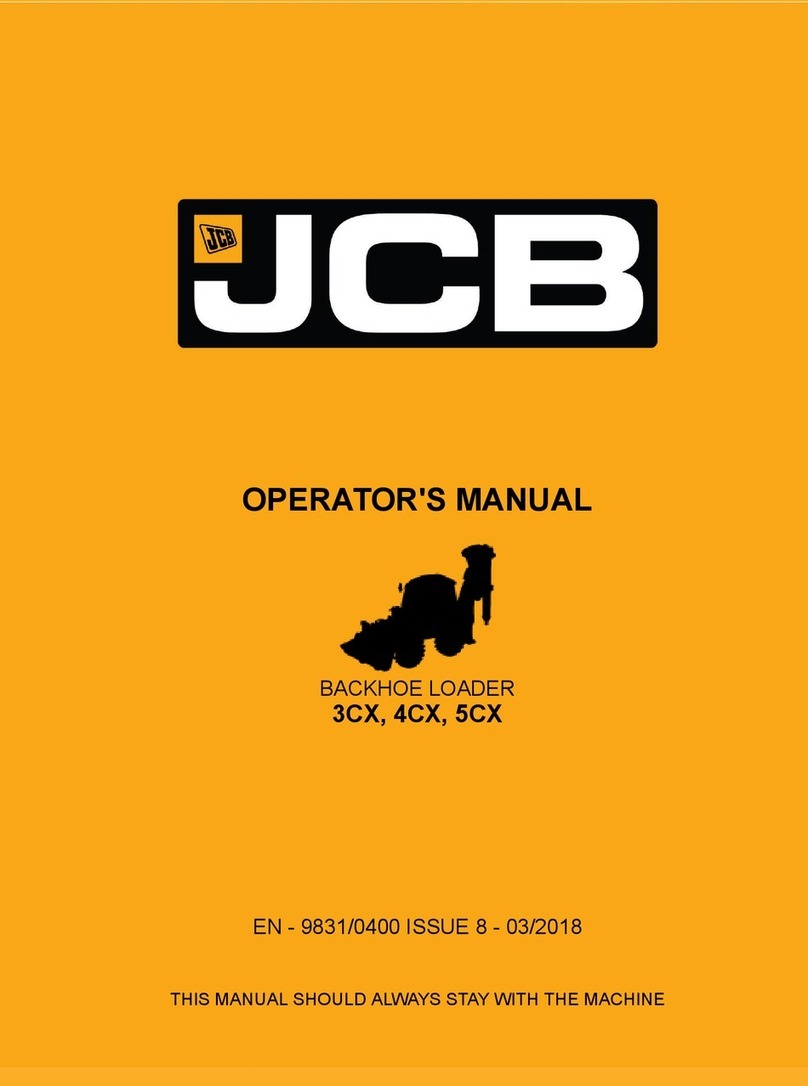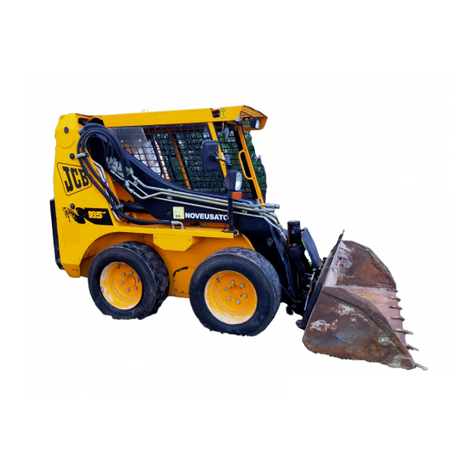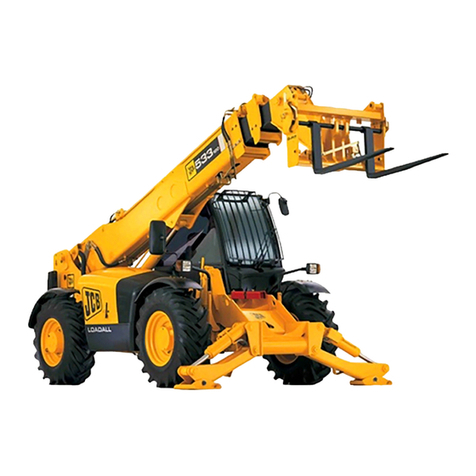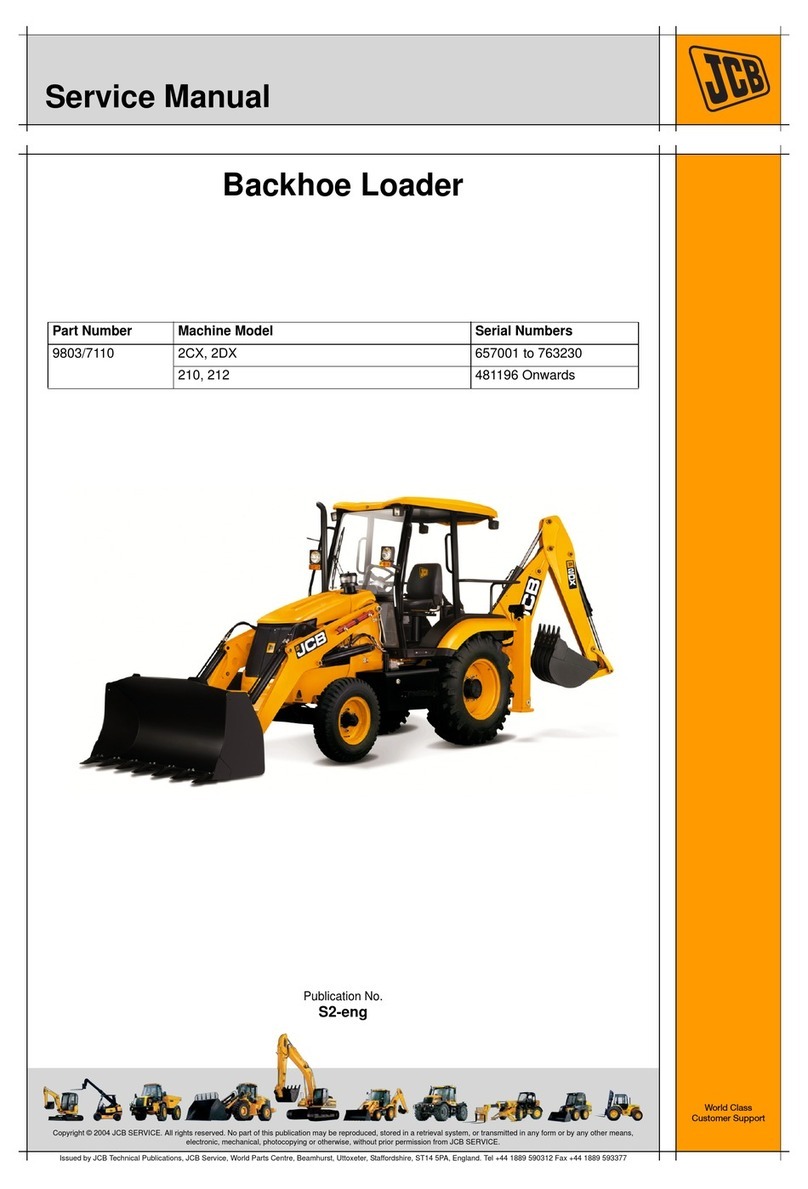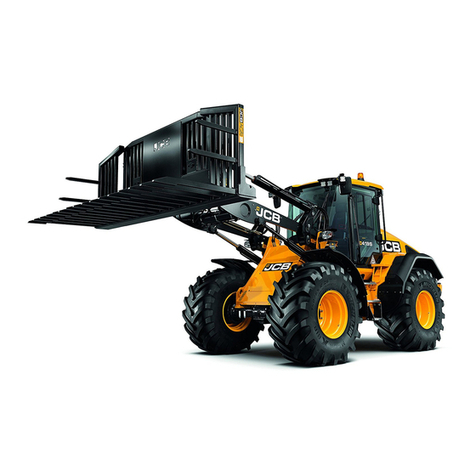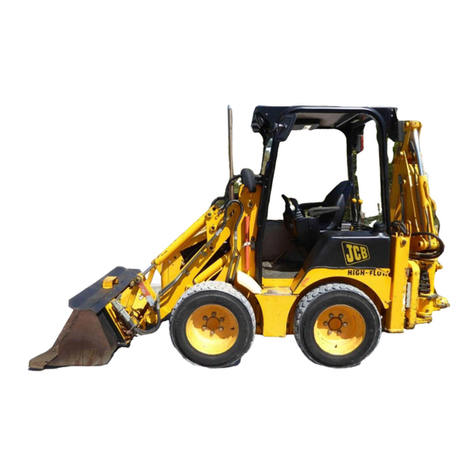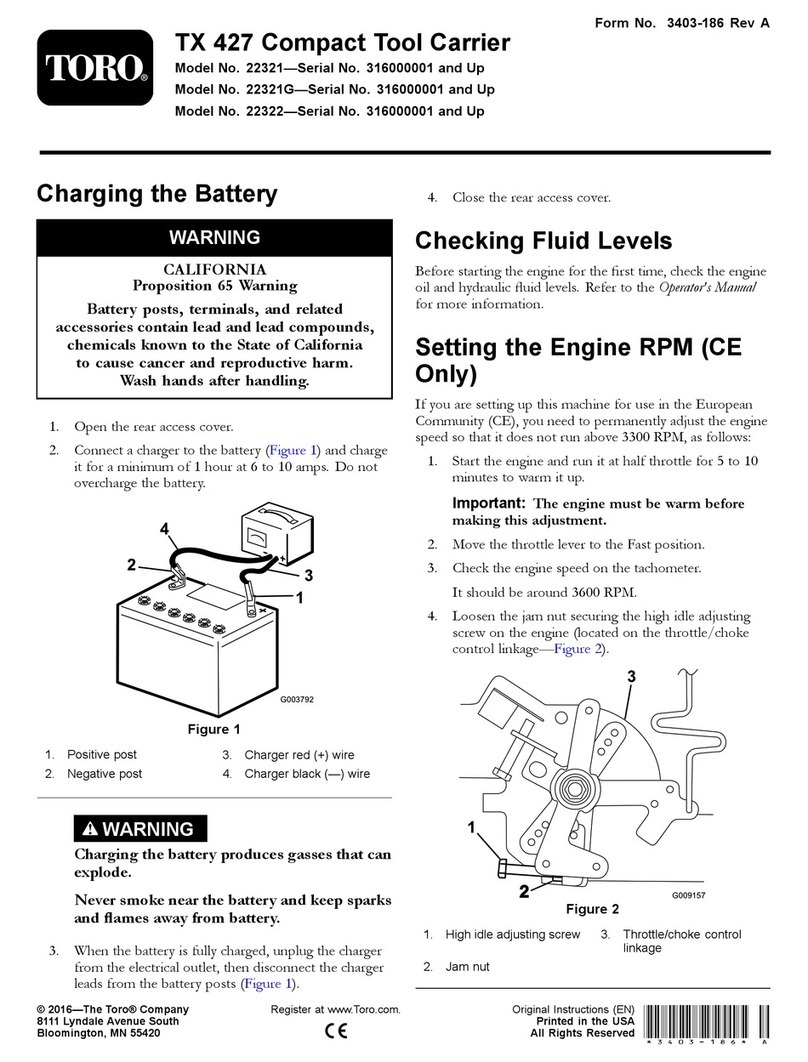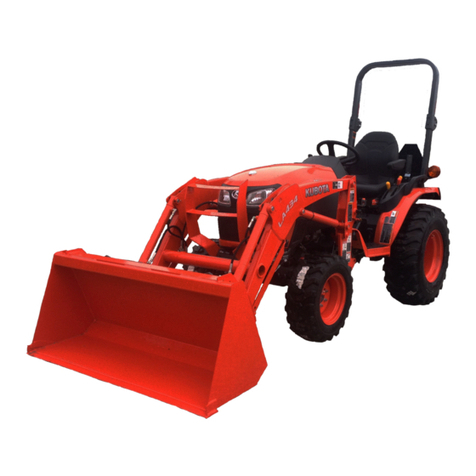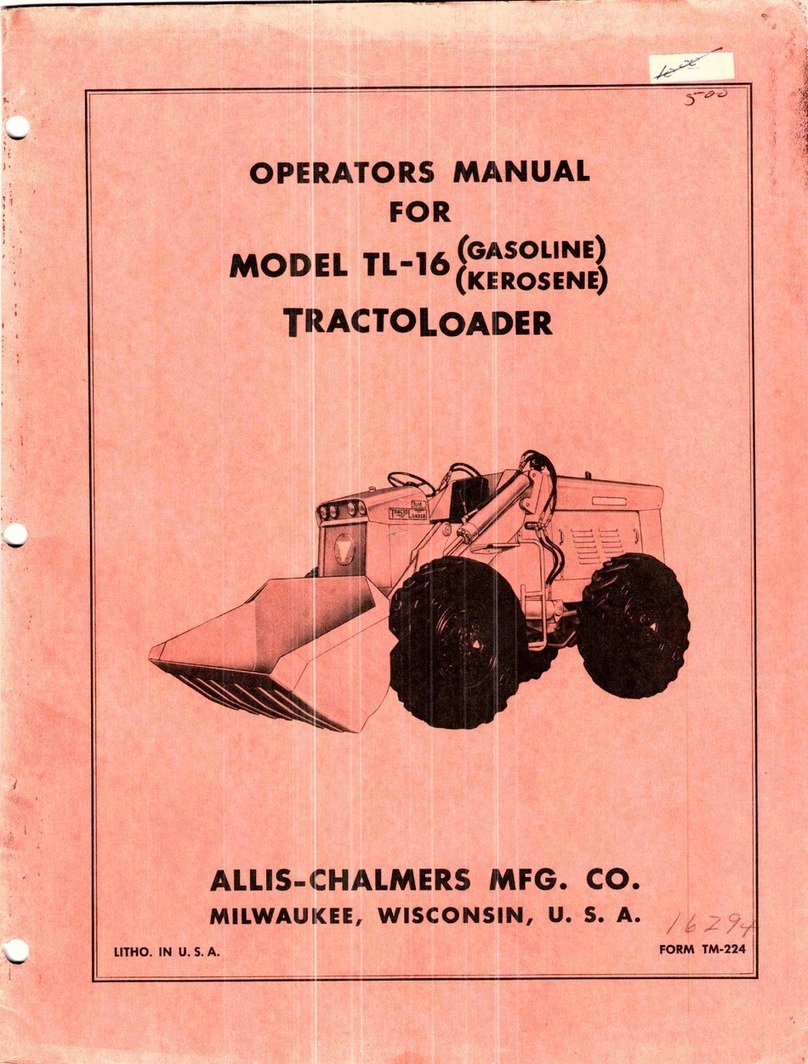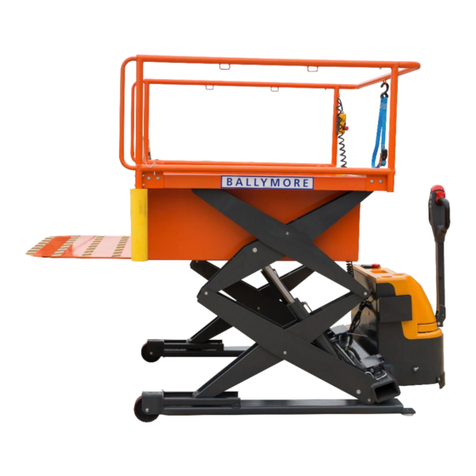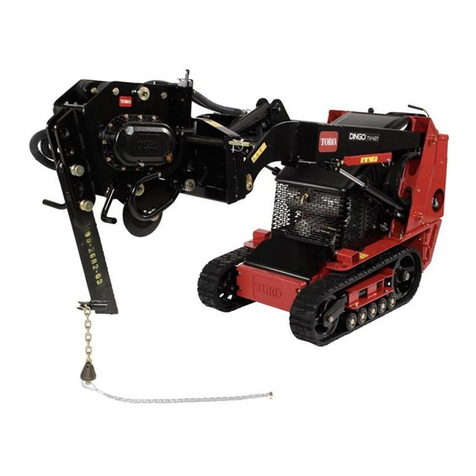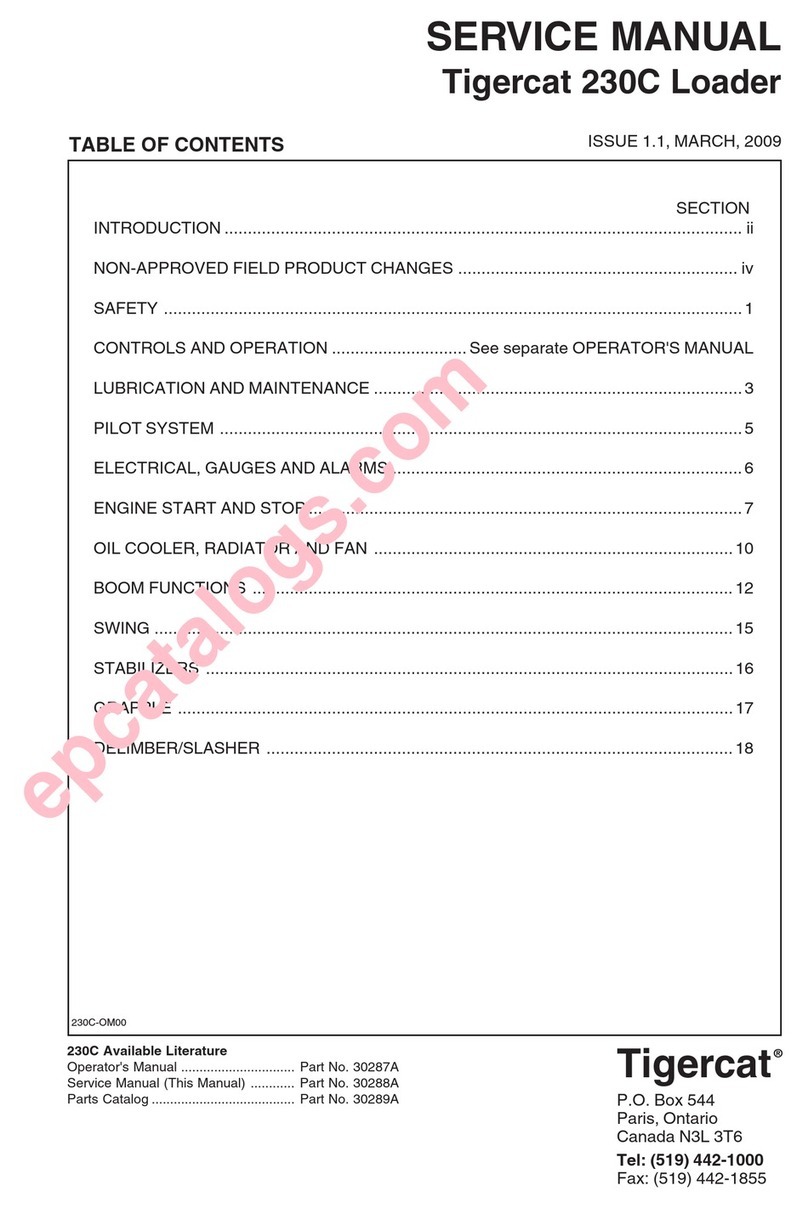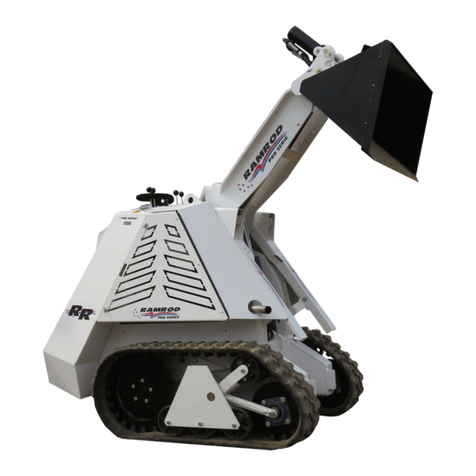
4Please see operator manual for full details.
General
> Machine Type – Front Tip – High Tip
> Self-propelled, seated operator, wheeled machine with an open body, which transports and dumps
or spreads material
> Steered through an articulating chassis, oscillating centre joint with an elevated high tipping skip function
Intended Use
> The machine is intended to be used in normal conditions for the applications and in the
environmental condition as described in the operators manual
> Essentially used for carrying free flowing materials from excavations or demolitions and general site
building activities. Loading is performed by other machines or equipment
> When used normally the machine transports and discharges various free flowing materials from its
integral dumper body
> The machine is not intended for use in mining and quarrying applications (other than for light yard
cleaning operations), in demolition activities, forestry, any use underground, or in any kind of
explosive atmosphere
> If the machine is to be used in applications where there is a high silica concentration, risk due to
materials containing asbestos or similar hazards, additional protective measures such as the use of
PPE (Personal Protective Equipment) may be required
> The machine should not be operated by any person who does not have an appropriate level of
qualification, training or experience of use of this type of machine
> Prior to use of the machine, its suitability (size, performance, specification etc.) should be considered
with regards to the intended application and any relevant hazards that may exist
Intended use
